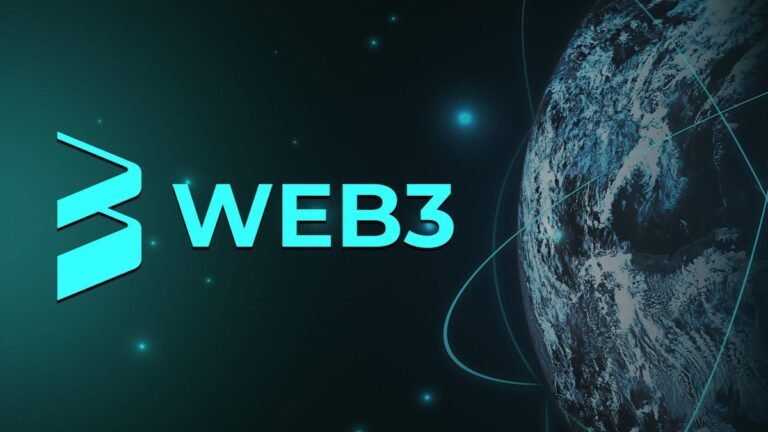While the cryptocurrency market rose in January 2025, the Web3 gaming sector dramatically declined. This paper explores the main statistics, underlying causes, and future direction of the Web3 gaming industry over this period.
Web3 Funding Declines, Early-Stage Deals Rise
In January 2025, the Web3 sector landed 148 investment deals worth $1.44 billion. Compared to December 2024, this shows a 9.75% drop in the number of deals and a notable 53.24% drop in overall investment. While mergers and acquisitions became the primary expansion strategy for industry leaders looking for fast market share increases, blockchain services and CeFi became investment hotspots. Small and medium-scale investment projects predominated the scene, reflecting great market interest in early-stage businesses.
Web3 Funding: Mergers & Blockchain Lead
Two primary funding sources for January fell under mergers and acquisitions (such as Chainalysis’s acquisition of Alterya and MoonPay’s purchase of Helio) and token purchase promises (like Bluwhale and Tea-Fi). With blockchain services dominating at $656 million in total funding, CeFi and blockchain technologies emerged as investment hotspots for January 2025. Small and medium-sized investments dominated the market; projects in the $1–10 million range accounted for 52.9% of deals. While huge ventures over $50 million accounted for just 6.3%. At 36% of all agreements, seed rounds accounted for the most share; Series C and Series A rounds grabbed more excellent average investment amounts at 24.4% and 21.2%, respectively. Considering sector distribution, blockchain technologies emerged as the main topic of interest for investment firms since practically every institution is involved in this field.
Web3 Gaming: Platform Shifts & Regional Growth

Despite the overall decline, specific trends indicate potential areas of growth and concern:
Platform Utilization
Rising to 21% of new game debuts in 2024, Telegram became a significant development platform for Web3 games. Publishers are using the messaging app to produce complementing experiences for user acquisition. While mobile gaming continues to encounter difficulties due to limited app store regulations from Apple and Google, together with regulatory uncertainty in mainstream markets, this development could potentially affect the approaches of established mobile platforms to the Web3 Gaming Platform.
Geographical Distribution
APAC teams added 39% of new Web3 games in 2024; North America follows with 36%. South Korea and Singapore next contribute 11% and 7%, respectively. US-based teams comprise 27% of all Web3 games.
Infrastructures Content
With 104 new announcements for blockchain networks enabling Web3 games and 252 new Web3 game announcements by Q3 2024. The tendency of infrastructure launches over new content development is once again evident. While the number of teams leaving Web3 or stopping development has notably dropped (84%), new Web3 game announcements have fallen by 36% compared to 2023.
Web3 Gaming: Interoperability, Esports & AI
Industry leaders see Web3 gaming reinvented in 2025 by interoperability, distributed esports, and artificial intelligence integration. Greater player ownership, cross-game interaction, and community-driven innovation—offering dynamic, co-created ecosystems where in-game goods acquire fresh value and utility across several titles—should take the front stage. With features like quick prize payments and powerful anti-cheat mechanisms boosting trust and fairness, decentralized esports is emphasized as a solution. This conventional problem includes centralized decision-making and a lack of community involvement.
Conclusion
For the gaming industry, January 2025 most anticipated a mixed picture, with declining investment and new hurdles against more general market gains and encouraging trends. An emphasis on innovation, infrastructure development, and community involvement will be significant. The future course of Web3 gaming as the sector negotiates these forces.


